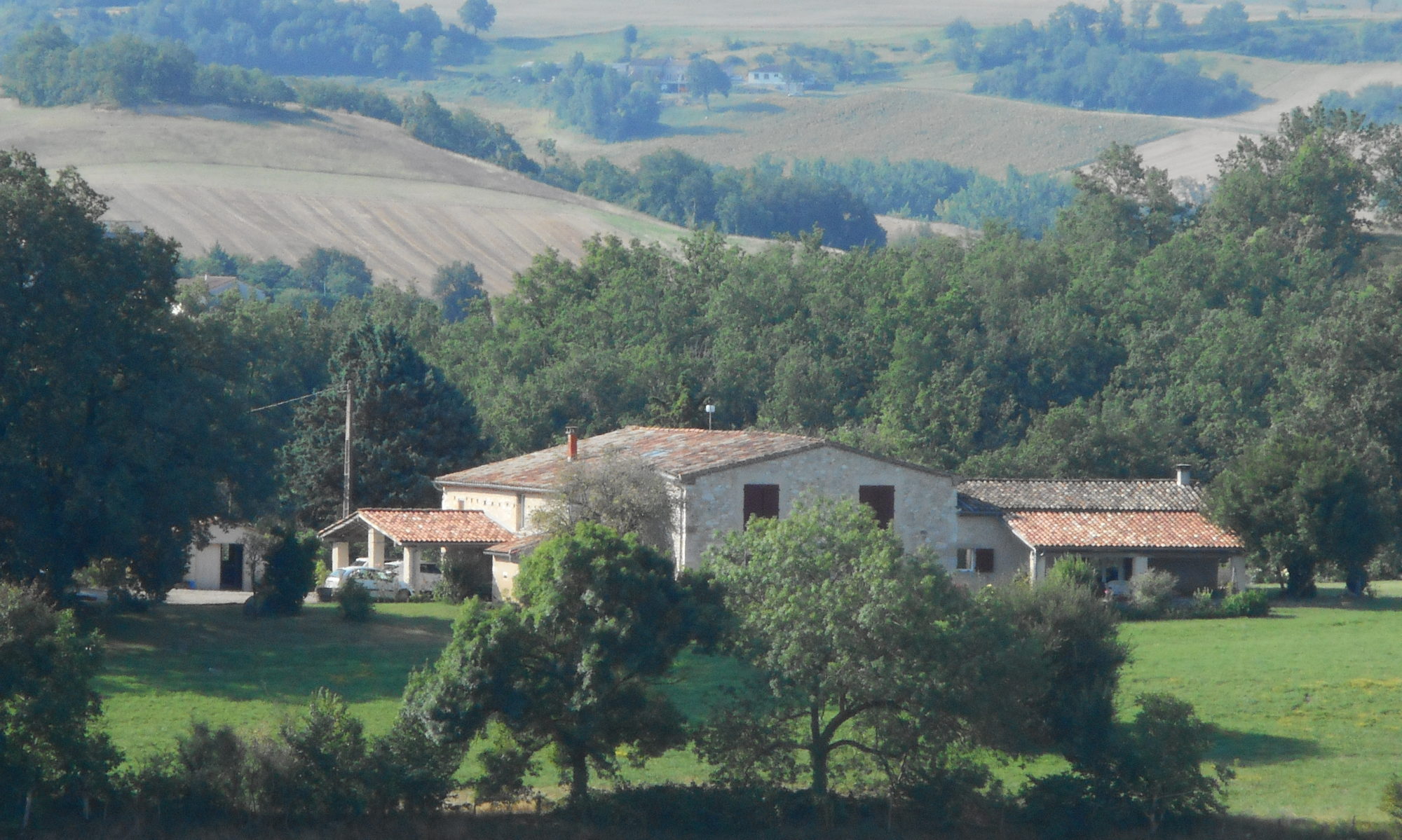






Steve & Judi's website for all sorts of stuff






Traces of human activity dating back to the 4th-2nd millennia BC show that long before the beginning of the Parthian Empire the area of Nisa was already colonized by sedentary populations. It is believed that there was a large settlement there as early as the 1st millennium BCE. Nisa underwent a major development in the mid 3rd century BC, when impressive buildings were erected by the Parthians, who decided to build a royal residence, probably the first of the Parthian dynasty. The name of the site, Mithradatkert, and an indication of the date of its foundation are known from an inscription written on one of the 2,700 administrative ceramics (ostraka) found at Nisa. Mithradatkert means ‘the fortress of Mithidrat,’ referring to King Mithradat I (174-138 BC).
The down side is that is it another place the Mongols did for, and after several thousand years it went the way of many of these ancient places although it is believed that there are lots of things yet to be dug up.
======================











So the great Khwarezmian Empire dissolved in a campaign that lasted less than six months.
Although always ruthless, Genghis Khan was especially vindictive; the great cities of the empire–Bukhara, Samarkand, Herat, Merv and Urgench–were destroyed.
You have never heard of Merv and Urgench because the destruction was that thorough.
(A town in northern Iran became so crowded with refugees from the Mongols that it grew to some prominence: Tehran).
While the Khwarezmian Empire is not remembered, Genghis Khan’s visit there is. It still is studied in military science as the inspiration and prototype of modern mechanized warfare. Blitzkrieg should be a Mongolian word.
So now you know =========================
The photos are not from the original settlement (unsurprisingly)
but from the post Timurid period (there’s that name again)
This is the Turabeg Khanum Mausoleum described in my book as and I quote “One of Central Asia’s most Perfect buildings” a giant calendar, 365
sections, 24 pointed arches 12 large arches and 4 big windows not sure anyone
would have worked this out from what I saw but maybe after renovation it will
return to its former glory.


Gutlug Timur Minaret built 1320’s 59 meters tall (it used to be taller).


























Khiva is split into two parts. The outer town, called Dichan Kala, was formerly protected by a wall with 11 gates. There is a picture below notice to the right hand side of the picture these are tombs which are a ruse as attackers were not allowed to walk over graves and so it was a sort of extra protection for the city. 
The inner town, or Itchan Kala, is encircled by brick walls, whose foundations are believed to have been laid in the 10th century. Present-day crenellated walls date back to the late 17th century and attain the height of 10 meters. The old town retains more than 50 historic monuments and 250 old houses, mostly dating from the 18th or the 19th centuries.
Djuma Mosque, for instance, was established in the 10th century and rebuilt in
1788-89, although its celebrated hypostyle hall still retains 112 columns taken
from ancient structures.

It’s difficult to imagine what exactly ancient Khiva was like, considering the historical areas were restored to a scrubbed and squeaky-clean look by the
Soviets in the 1970s.
It is not often the Soviets are praised for their work but this time you have to take your hats off to them an this place could so easily have been lost given how close Bukhara and Samarkand are to it.
The clustered array of mosques, madrassahs and tiled minarets within a area of less than 3km give you a sense of how crowded and bustling this town must have been throughout its history. It was noted as being very crowded with so many people inside the walls it was difficult to make your way around.
